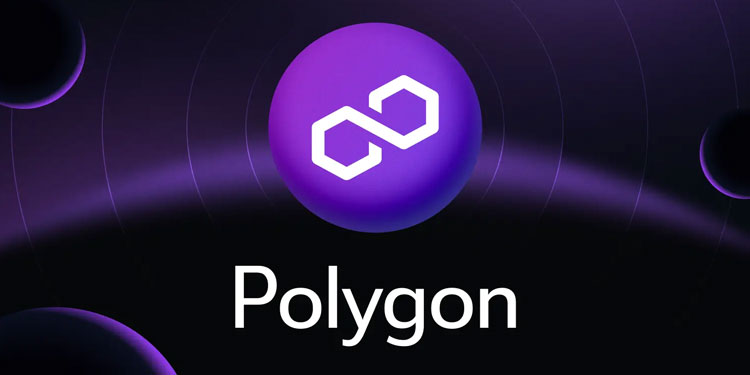
The financial technology firm Circle made the announcement on Tuesday, June 7, that it would shortly introduce its native USDC stablecoin on the Ethereum Layer-2 scaling platform known as the Polygon blockchain. Users will no longer be required to bridge their stablecoins from the Ethereum mainnet to Polygon once Polygon USDC has been implemented.
The process of bridging USDC from Ethereum to Polygon is one that regular users will find to be time consuming and technically complex. In addition, the transaction completes more slowly than the average ETH transaction, and it also incurs the Ethereum mainnet gas cost. On the other side, the Ethereum Layer-2 scalability platform that utilizes the Polygon blockchain has gained a lot of traction recently.
There are already over 20,000 different decentralized applications (DApps) hosted on the blockchain. Consequently, the incorporation of a native Polygon USDC will make it possible for traders to rapidly change their deposits of fiat currency into USD currency. In NFT applications and DeFi use cases, this is one of the most important criteria that must be met.
As a result of this new breakthrough, Polygon USDC has become the first bridging version of USDC to get support on Circle’s platform. Additionally, it will make it possible for companies and developers can utilize the payments and treasury infrastructure that Circle offers in order to take fast payments in Polygon USDC. Jeremy Allaire, CEO and Co-founder of Circle, had this to say in response to the recent development:
“Polygon is a great entry point for companies and developers looking to work in an established and liquid environment with shorter settlement times and decreased expenses.” Adding support for Polygon USDC in the Circle Account and Circle APIs is another step toward making USDC interoperable across more major blockchains. This will assist to stimulate larger use of dollar digital currency on the internet.
The USDC stablecoin from Circle was first introduced to the market in 2018, and it is now the second-largest stablecoin by market cap, having reached $53.8 billion in value. Additionally, USDC operates as a multi-chain stablecoin as of this moment. Additionally, USDC may be obtained on well-known blockchain networks like as Ethereum, Stellar, Algorand, Stellar, Solana, Tron, Avalanche, Flow, and Hedera. Flow and Hedera are also supported. According to Sandeep Nailwal, one of the co-founders of Polygon,
“We are happy to see one of the dollar-based digital currencies in the sector that is expanding at one of the quickest rates become accessible on Polygon. Polygon USDC will make it possible for companies and exchanges that are already part of our ecosystem to further extend the DeFi community, enabling their expanding user base with a smooth and cost-effective experience.”
Throughout the whole of 2022, USDC has continued to expand its market presence, while Tether’s USDT has seen a decrease in its market share. Since the beginning of 2022, Circle has distributed roughly $12 billion worth of brand new USDC stablecoins.